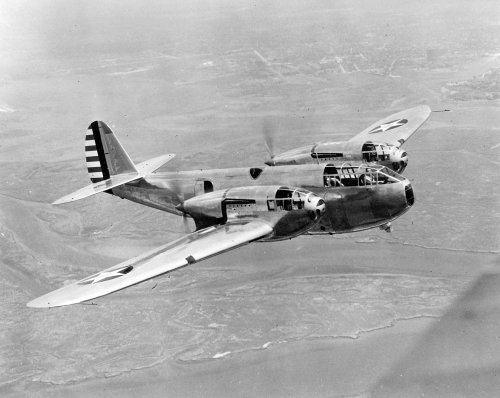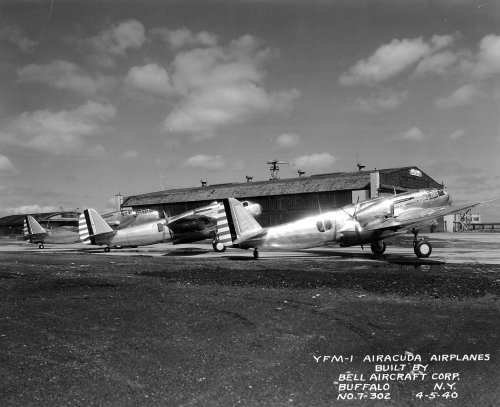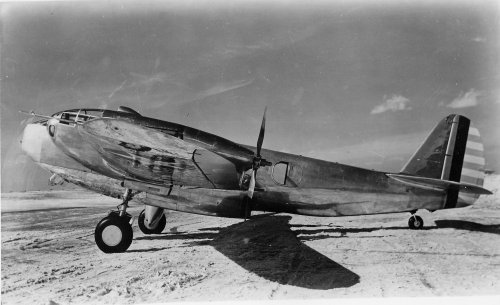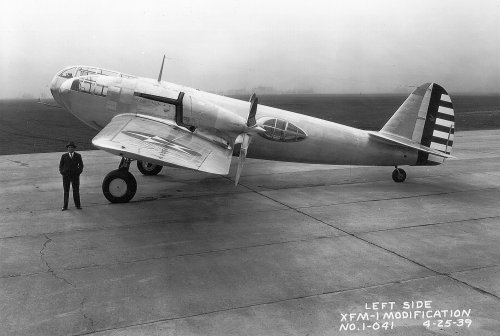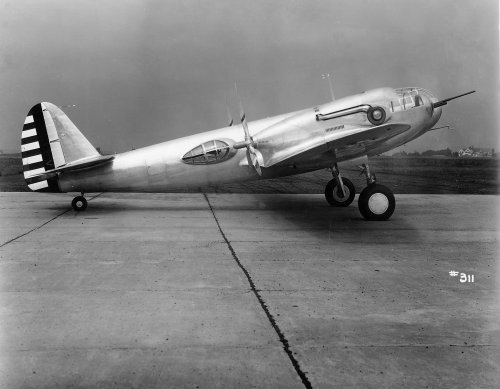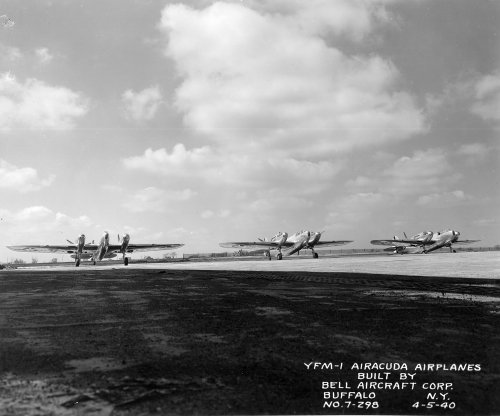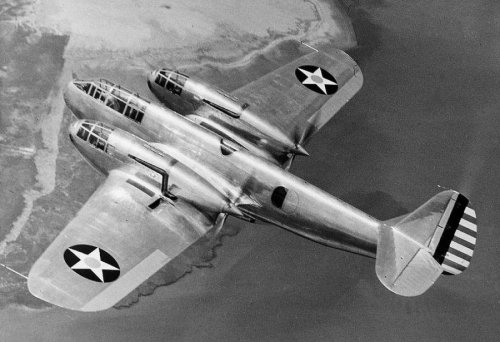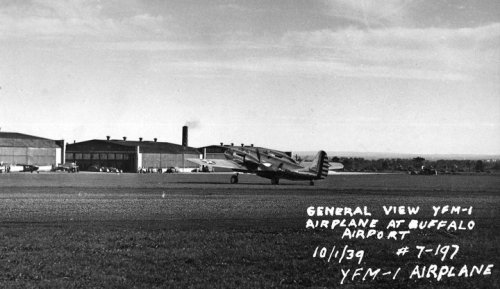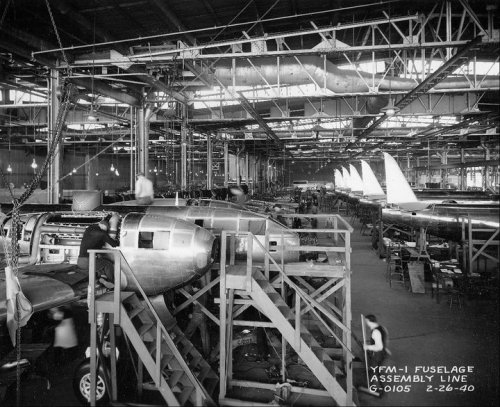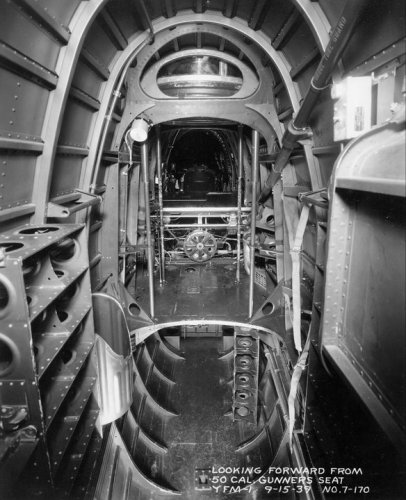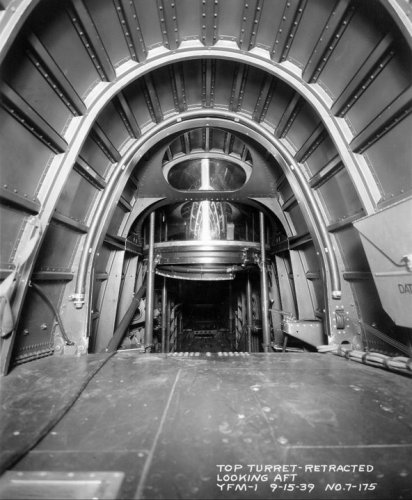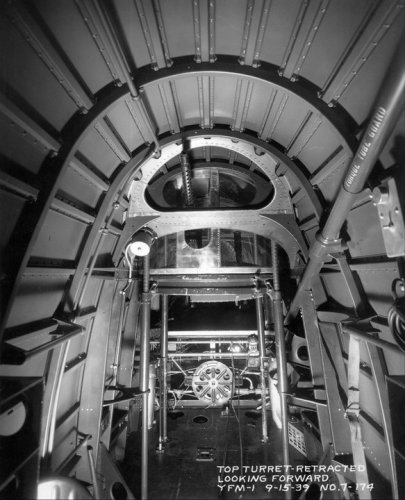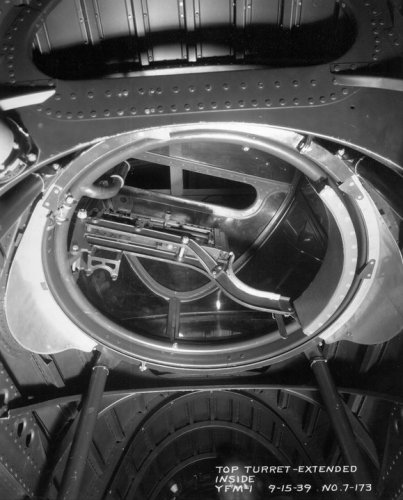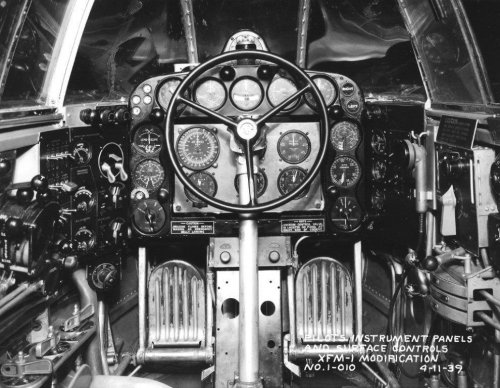The following may perhaps be of interest.
In 1935, the Royal Canadian Air force (RCAF) had launched a modest modernisation and rearmament program. Understandably enough, the emphasis was on coastal defence (coastal patrol, general reconnaissance / maritime reconnaissance and torpedo bombing). Even though fighter planes were not a priority, its senior officers saw the need to create a balanced air force. As a result, the RCAF seemingly gave some thought to the idea of acquiring modern fighter planes as early as 1936. Given the RCAF’s close links with the United Kingdom's Royal Air Force (RAF), a consequence of Canada’s membership in the Commonwealth, these new machines would likely be British.
Over the following months, a consensus gradually formed in Ottawa. Given Canada’s geography, a long range fighter plane, preferably a two seat twin engine machine, would be preferable to a short range, British style bomber interceptor like the Hurricane or Spitfire. At some point (February 1938?), the RCAF issued a specification for a fast two seat twin engine long range fighter plane that could be fitted with skis or floats. The heavy armament of this all metal machine would include machine guns mounted in the nose and wings, as well as a mid upper turret.
In the past, given the United Kingdom’s geography, the Air Ministry and British aircraft industry had not seen the need to develop and put in service such an airplane. Making things worse, now that the RAF was in the midst of a massive rearmament scheme, the Air Ministry pointed out that it would be some years before British airplanes makers could fulfil the needs of the RCAF, presumably by offering the single seat single engine fighter planes the RCAF was not necessarily all that interested in.
The Air Ministry may or may not have mentioned that, in answer to Specification F.34/35, Gloster Aircraft Company, a member of a member of Hawker Siddeley Group Limited, had prepared the plans of a two seat twin engine fighter plane fitted with a mid upper turret in 1936. This design did not find favour with the Air Ministry, which chose the Boulton Paul P.82 in April 1937. This two seat single engine fighter plane, later known as the Defiant, proved to be a total and, for its crew, quite lethal failure in its intended daytime bomber interception role.
Given the absence of available British designed two seat twin engine fighter planes, a Canadian delegation thus travelled to Washington, in April 1938 to see if the American aircraft industry could be of help. Discussions took place with representatives of the United States Army Air Corps (USAAC). Single engined single seat fighter planes like the Seversky P-35 and the Curtiss P-36, whose delivery to fighter units had begun, in July 1937, and was beginning, in April 1938 incidentally, did not really fit the bill. The Curtiss A-18, a two seat twin engine attack plane delivered in very small numbers in 1937, was not satisfactory either. Whether or not a privately-developed two seat version of the P-35, known as the Seversky 2PA, or Convoy Fighter, was considered is unclear.
The Canadian delegation was, however, quite interested in the Bell FM-1 Airacuda, a long range multi seat twin engine bomber destroyer first flown in September 1937 and still under development. Their American hosts pointed out that their country’s Neutrality Act, a piece of legislation adopted in 1935 and amended in 1936 and 1937, stipulated that airplane makers could release their latest airplane to foreign air forces only six months after delivering the second production machine ordered by the USAAC. The granting of a production licence for such airplanes faced the same restrictions. In any event, the administration headed by president Franklin Delano Roosevelt did not particularly want to allow foreign airplane makers to build the most modern combat machines designed in the United States.
The Canadian delegation might have been a tad annoyed by their hosts’ behaviour had they known what was taking place elsewhere in the USA. In early March 1938, two well-known French pilots, Michel Détroyat and Henri Guillaumet, had set sail for the United States. The two men visited factories and looked at the progress made by American commercial aviation. As well, they talked to people involved in the development of transatlantic air routes. Given the increasing levels of tension in Europe, the possibility that Détroyat had gone to the United States because the French government was considering the possibility of acquiring American combat airplanes was mentioned more than once in France. These suspicions proved well founded. On March 20th, at the Wright Field testing establishment of the USAAC, near Dayton, Ohio, Détroyat test flew, amid the greatest secrecy, a pre-production example of the brand new Curtiss P-36 fighter plane, but back to our story.
Acknowledging that Roosevelt did not particularly want to allow foreign airplane makers to build the most modern combat machines designed in the United States, RCAF representatives in the delegation nonetheless asked if they could obtain detailed information on the Airacuda. The answer they received in July 1938 might have been a polite yes, even though some (isolationist?) USAAC officers wondered if the RAF was not using the RCAF to get information about their new airplane. By then, however, Canada’s Department of National Defence (DND) had concluded that the Airacuda was too expensive. It decided to look for another long range fighter plane option around June.
That same month, DND seemingly contacted Fairchild Aircraft of Longueuil, Quebec, to see if the Bristol Bolingbroke, a British twin-engined coast reconnaissance airplane ordered for the RCAF in Novembre 1937 and very similar to the Bristol Blenheim light bomber, could be used as a long range fighter plane. The company soon pointed out that a new nose containing several machine guns could easily be designed. This being said, the resulting airplane would be no faster than the typical bomber of the time. Installing more powerful engines was a possibility but this would result in a serious weight increase. Performance of such a fighter plane would still not be all that impressive. Fairchild Aircraft also looked at the possibility of designing a long range fighter plane using as many elements of the Bolingbroke as humanly possible. Although theoretically feasible, such a process would take a great deal of time. DND officials thanked Fairchild Aircraft for its efforts but decided to drop the idea of using the Bolingbroke as a fighter plane in October 1938.
